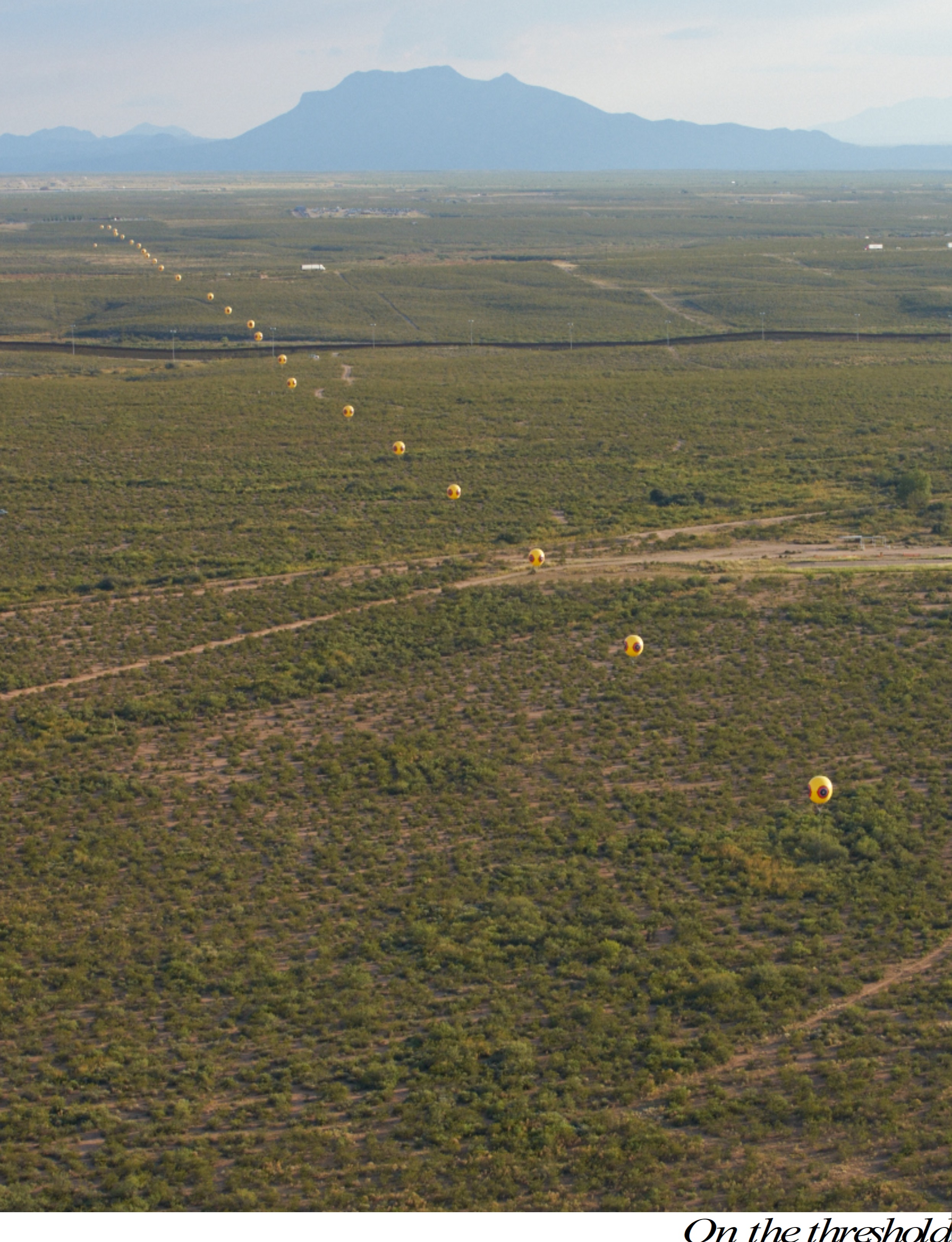Signaling Spanishness
Communicating peninsular Spanish identity in Antonio Rodríguez Beltrán’s "María Luisa de Toledo with her indigenous companion" (c. 1670)
Keywords:
New Spain, Habsburg Spain, Viceregal Mexico, Royal portraiture, People of short stature, WhitenessAbstract
In the early modern Spanish Habsburg world, preoccupied with the attempted colonization of the Americas, the Atlantic Ocean functioned as a threshold of identity. Spaniards born in the Americas, as well as those who simply relocated overseas, were thought to be fundamentally, negatively altered by their new environment. In this paper, I argue that Antonio Rodríguez Beltrán’s María Luisa de Toledo with her indigenous companion (c. 1670) seeks to communicate its sitter’s ‘pure’ Spanishness by both associating her with Spanish royalty (through deploying a conventional Spanish mode of court portraiture) and emphasizing her whiteness (by contrast with the darker complexion of the indigenous woman, in a historical moment wherein white skin was associated with Spanish purity and superiority). First, I outline the history of hosting and portraying little people at the Spanish court, concluding that, in deploying this established pictorial genre, María Luisa’s portrait associates her with historical Spanish royalty. I also summarize the intended utility of the genre as a means of communicating physical contrast. Second, I discuss Spaniards’ perceptions of indigenous American, African, and mixed-race people as well as creoles (criollos, Spaniards born in the Americas) in the Spanish Americas to explain the rationale behind my overall conclusion: within the context of Spanish colonialism and emergent, racially-inflected notions about Spanish superiority, María Luisa de Toledo with her indigenous companion is intended to portray its sitter as ‘purely’ Spanish, an identity not only communicated through the association with Spanish royal portraiture, but also keyed to whiteness and, thus, emphasized in this painting via María Luisa’s physical (namely, epidermal) contrast with her indigenous companion.
Published
Issue
Section
License
Copyright (c) 2023 Wreck: The Graduate Journal of Art History, Visual Art & Theory

This work is licensed under a Creative Commons Attribution-NonCommercial 4.0 International License.



